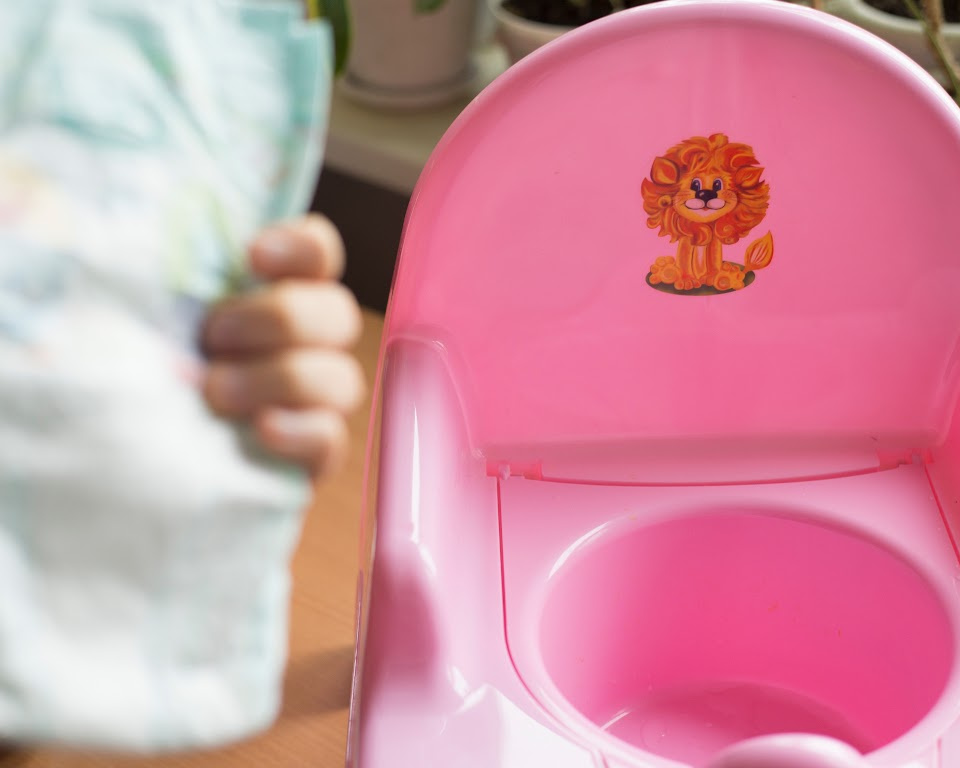Understanding how to communicate with a nonverbal autistic child is a challenge many parents, caregivers,…

How to Teach an Autistic Child to Feed Themselves
Embarking on the journey to teach an autistic child to feed himself can seem daunting but with the right approach, it becomes a pathway to fostering much-needed independence. For children with autism spectrum disorder, the acquisition of self-feeding techniques hinges not just on wielding a spoon or fork; it’s about cultivating a set of skills that pave the way for autonomy in daily life. In this guide, caregivers are equipped with practical strategies and compassionate insights to assist their loved ones in overcoming mealtime challenges.
Promoting independence in children with autism is integral to their development, and self-feeding is a significant milestone in this endeavor. It’s not only about the final goal but also about the incremental steps taken, celebrating each small victory along the way. From finger foods to full-fledged utensil use, progress is achievable with patience, understanding, and the right mealtime strategies.
While each child is unique, this guide sheds light on universal techniques that can assist in the enhancement of self-feeding capabilities. Stay with us as we delve into the methods that can make mealtimes more manageable and enjoyable for both child and caregiver, whilst also catering to the diverse needs intrinsic to autism spectrum disorder.
Understanding Self-Feeding in Children with Autism Spectrum Disorder
For many children on the autism spectrum, the act of self-feeding is laden with sensory issues and eating difficulties that go beyond simple preference or fussiness. As caregivers embark on the journey of enabling these children to navigate mealtime independence, it’s crucial to devise mealtime strategies that address their unique needs. Occupational therapy is instrumental in introducing tailor-made solutions that can help alleviate the stress associated with eating, turning mealtime into a more positive experience for both child and family.
The role of occupational therapy in crafting these strategies cannot be overstated. These healthcare professionals guide children through the sensory experiences associated with eating. This means taking into account the textures, tastes, and smells that may trigger discomfort or distress for children with autism spectrum disorder. By integrating sensory-friendly approaches and being mindful of the child’s routine preferences, occupational therapists are able to curate interventions that lead to sustainable eating habits.
- Sensory Processing: Activities designed to help the child cope with the sensory input during mealtime. This could include using tools such as weighted utensils or incorporating familiar textures and flavours into the diet.
- Selective Feeding: Working with the family to broaden the child’s dietary options incrementally, ensuring the child receives a balanced intake of nutrients while respecting their selective tendencies.
- Routine Consistency: Establishing a predictable eating schedule that aligns with the child’s need for structured routines, therefore reducing anxiety around mealtime.
- Dining Equiptment: Introducing specialised eating utensils and dishes that can help the child feel more in control and less overwhelmed during self-feeding.
It should be recognised that up to 90% of children with autism experience some form of selective feeding, which can pose significant challenges in ensuring a nutritionally complete diet. This selective nature often stems from deep-seated sensory issues that make certain textures or tastes particularly unpalatable. Therefore, addressing these sensory needs is a primary step towards nurturing better eating habits.
Ultimately, understanding and responding to these aspects can have a profound impact on the child’s ability to self-feed and enjoy a meal. With the right support and adaptations tailored to their individual needs, children with autism can develop the skills to become more autonomous during mealtime. It’s a journey that demands patience, creativity, and empathy, but one that can lead to a significantly improved quality of life for these children and their families.
How to Teach an Autistic Child to Feed Himself
Embarking on the journey towards independent eating can be transformative for children with autism spectrum disorder. Overcoming challenges associated with self-feeding incorporates tailored strategies designed to both comfort and motivate. It’s crucial to understand and respect each child’s pace and personal developmental pattern as they acquire new skills that will aid in promoting independence during mealtime.
Assessing Readiness and Setting the Stage for Mealtime
Observing the child’s current motor abilities and willingness to engage is the first step in nurturing self-feeding competencies. Ensuring the child is mentally and physically primed can enhance receptiveness to mealtime, which might include creating pre-dining rituals to signal a transition into mealtime and alleviate sensory-triggered stress.
Optimising the Physical Environment for Self-Feeding
Creating a supportive dining environment is pivotal. Proper seating that provides physical stability allows the child to focus on the task of eating with less distraction. Elements such as a consistent seating plan and a designated dining area offer structure and familiarity, key components when fostering self-feeding rituals within children on the autism spectrum.
Introducing Utensils and Adaptive Dining Equipment
Progressively introducing utensils can initiate a playful discovery of self-feeding tools, while adaptive dining equipment – items with enhanced grips and stability – supports this educational progression with confidence and independence. Exploring cutlery should be a developmental journey, matching the child’s evolving capabilities.
Incorporating Sensory-Friendly Practices
Mealtime can be a minefield of sensory stimulation. Simplifying the sensory experience by reducing ambient distractions and providing favourite foods in terms of textures and temperatures can make a world of difference. Such adjustments create a more accessible and enjoyable mealtime atmosphere for those children faced with heightened sensory challenges.
Techniques to Encourage Self-Feeding: From Finger Foods to Cutlery
Encouraging self-feeding begins with the basics: offering bite-sized food that children can manage with their fingers before progressing to using spoons and forks. A patient and gradual introduction to various textures prepares the child for the complex task of handling cutlery in due course.
Addressing Eating Difficulties: Strategies from Occupational Therapy
Children with autism may encounter various eating difficulties, where occupational therapy offers bespoke solutions. Therapists may introduce aids and adaptations to support the child’s unique sensory and motor needs, paving the way for eventual autonomous eating.
Making Mealtimes Engaging and Socially Rewarding
Enjoyable and interactive mealtimes can significantly enhance the dining experience. Incorporating family meals and conversation helps integrate the child into an enriching social fabric, reinforcing positive mealtime behaviours and increasing their engagement with food.
Conclusion
In summing up, the journey towards fostering self-feeding capabilities in children on the autism spectrum disorder is comprehensive, marked by patience and a detailed understanding of each child’s unique requirements. Occupational therapy offers structured strategies that are crucial in recognising these needs and guiding families on how best to nurture independence in their children during mealtimes. Cognitive development and sensory challenges are meticulously considered to tailor an environment conducive to learning self-feeding techniques.
A sensory-friendly setting that diminishes stressors can significantly promote a child’s autonomy at the dinner table. By integrating gradual food explorations, implementing the thoughtful use of adaptive equipment, and nurturing positive mealtime exchanges, we lay the foundation for children with autism to develop both their eating skills and social interactions. The outcome is a more relaxed, independent, and above all, enjoyable dining experience that benefits the whole family. These progressive steps are instrumental in paving the way for children with autism to not merely partake in, but genuinely relish the ritual of mealtime.
Occupational therapy’s role cannot be overstated in its contribution to promoting independence in children with autism. Through a blend of professional insight and supportive home environments, parents can actively participate in their child’s developmental journey. At the heart of fostering self-feeding proficiency is a compassionate and steady approach, one that honours the individuality of the child while encouraging growth and self-reliance in an area of life that is so fundamental to wellbeing.
FAQs
How do I determine if my autistic child is ready to start self-feeding?
Assessing readiness in children on the autism spectrum involves observing their motor skills, cognitive abilities, and motivation. Consider whether your child can sit upright, show interest in food, and attempt to reach for food before introducing self-feeding practices.
What are effective strategies to help my child with autism during mealtimes?
Strategies include creating a calm and consistent mealtime environment, introducing a structured routine, and including sensory-friendly practices that accommodate your child’s specific needs. Engaging in relaxing activities before meals can also help.
What can I do to optimise the feeding environment for my autistic child?
Ensure your child is seated comfortably with proper back and foot support, use a familiar and consistent dining space, and maintain a clutter-free table to help your child focus on the task of self-feeding without distractions.
Which utensils should I start with when teaching my autistic child to feed themselves?
Start with finger foods to promote the basic skill of bringing food to the mouth. When introducing utensils, begin with spoons, and allow your child to explore them during non-meal times. Adaptive dining equipment with easy-grip handles can be very beneficial.
How do I incorporate sensory-friendly practices into my child’s mealtime routine?
Introduce foods that your child is already familiar with in texture and temperature, provide a visually soothing and quiet eating area, and consider incorporating new foods gradually, allowing your child to explore these foods in a playful, non-pressured way.
What are some tips for helping my autistic child advance from finger feeding to using cutlery?
Gradually increase the range of textures and tastes, using bite-sized pieces that are easy to handle. Offer encouragement and patience as your child progresses at their own pace, and introduce spoons and forks when they show readiness.
How can occupational therapy assist with my child’s eating difficulties?
Occupational therapists can help tailor strategies to your child’s individual needs, involving sensory-friendly tools and modifications to food texture and presentation, along with hands-on guidance through eating motions to encourage independent feeding over time.
How can I make mealtimes more engaging for my child with autism?
Include your child in family meal routines, providing a social model for eating. Keep conversations light and away from focusing on challenging behaviours, and consider using small reinforcements to encourage your child’s involvement in mealtime interactions.



This Post Has 0 Comments